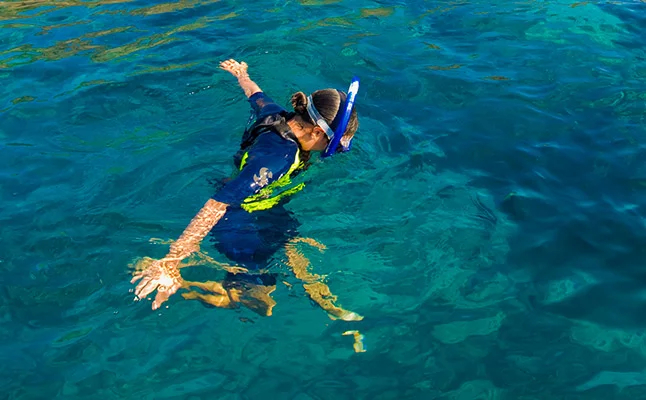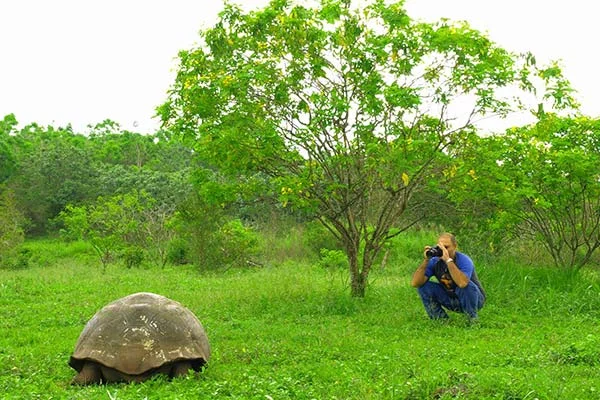
Galapagos Islands Geography
What to tell about the geography of the islands? Spread over 45,000 square kilometers of ocean and at a distance of over 970km from the nearest mainland, the Galapagos Islands, or Bewitched Islands as they were once known, are one of the most unique and extraordinary places on earth.
The islands have a total landmass of around 8000 square kilometers, with five major islands – Isabela, Fernandina, San Cristobal, Santiago Fe, and Santa Cruz – making up the bulk and a further eight large islands and more than forty islets making up the remainder.
On a Galapagos map, you’ll see that the archipelago straddles the equator, with some islands located in the Northern hemisphere and some in the Southern. The peaks of Volcan Wolf and Volcan Ecuador on the island of Isabela lie directly on the equator.
From Darwin Island in the northwest to Espanola Island in the southeast, the Galapagos map stretches for 450km, with almost all of the islands inhabited by animals, plants and marine life that can be found nowhere else in the world.
The landscape itself is as otherworldly as the creatures who live there, with many islands covered in lava fields and volcanoes which contrast sharply with the white sandy beaches, lush vegetation, and peaceful forests.
The water around the islands forms a rainbow of colors as it alternates between steel grey on the outer edges of the islands, to clear blue-green in the sheltered coves and bays.
This is the perfect place to spot a host of unique locals, including the Galapagos giant tortoise, the Galapagos penguin, and flightless cormorants.
A cruise through the Galapagos archipelago is a fantastic way to get to know the individual beauty and wonder of each island, a journey which will really make the Galapagos map spring to life and become an experience that you’ll never forget.



